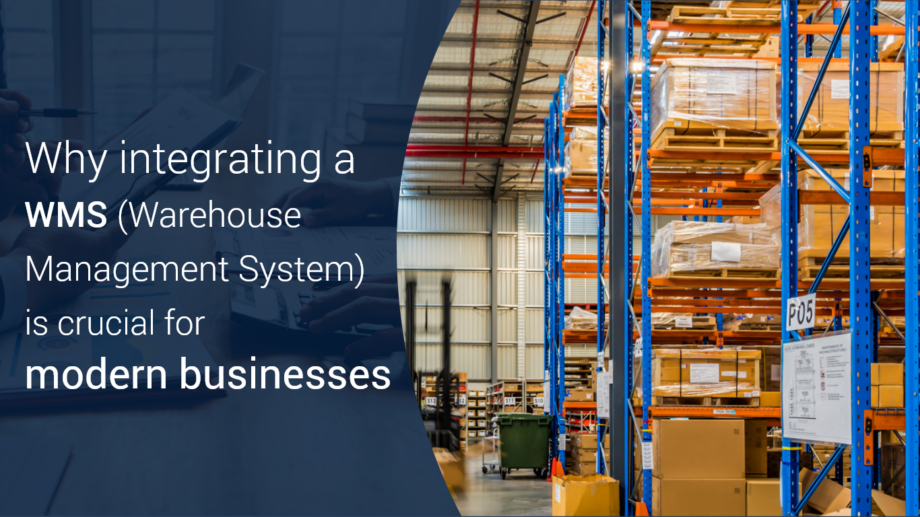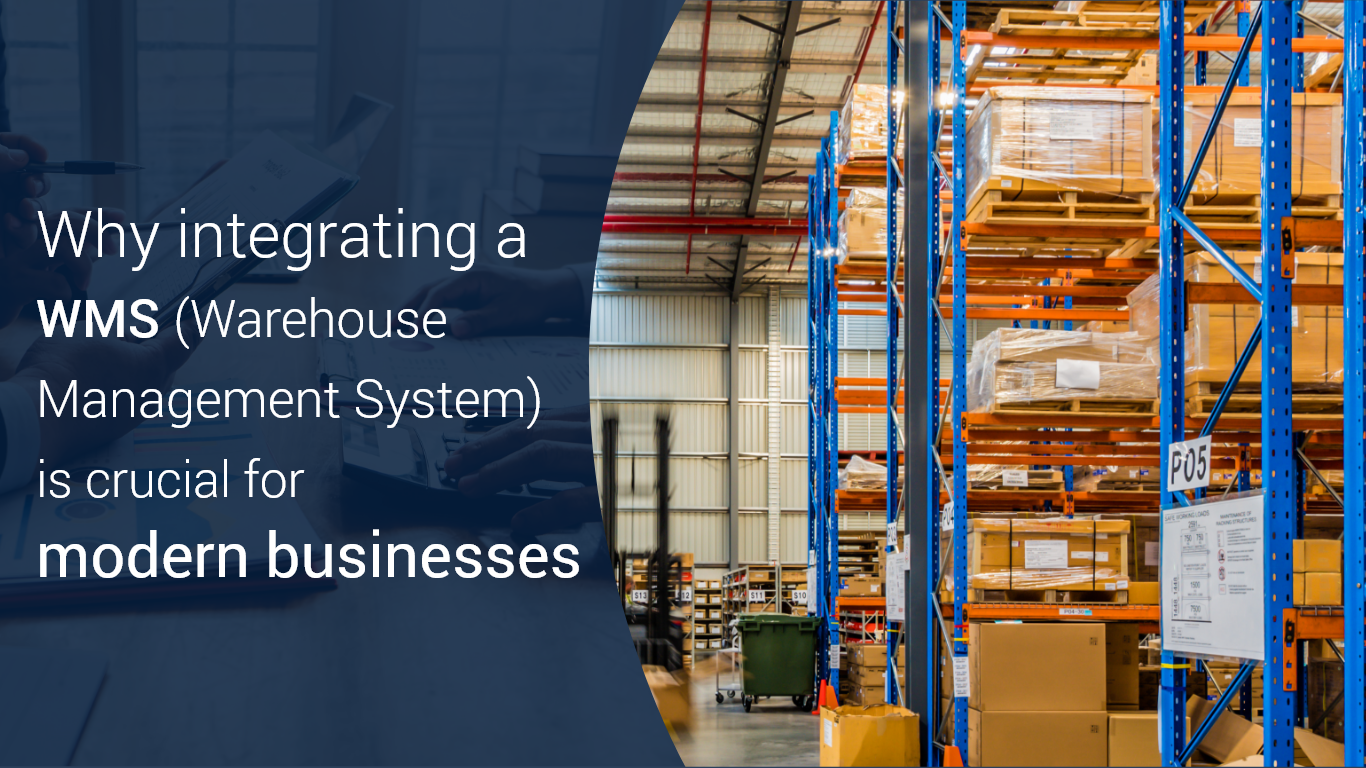Integrating a Warehouse Management System (WMS) is crucial for modern businesses because it can significantly improve operational efficiency, accuracy, and overall customer satisfaction. especially those that deal with large volumes of inventory or have complex supply chain operations. A WMS can help businesses optimise their warehouse operations and streamline their inventory management processes, resulting in improved operational efficiency, accuracy, and overall customer satisfaction. Here are some reasons:
Here are some of the ways sustainability is impacting logistics and eCommerce:
1. Inventory Management:
A WMS helps businesses manage their inventory more efficiently by providing real-time visibility of stock levels, locations, and movements. This information helps businesses optimise their inventory levels, reduce waste and improve accuracy. By providing real-time inventory information, a WMS can help businesses fulfil orders more efficiently. This reduces the risk of stockouts and overstocks, leading to improved customer satisfaction.
2. Order Fulfilment:
A WMS streamlines the order fulfilment process by automating the picking, packing, and shipping of orders. This reduces errors, improves accuracy, and speeds up the delivery time. A Warehouse Management System (WMS) can play an important role in order fulfilment by providing real-time inventory information, optimising order picking routes, and automating many order fulfilment tasks.
3. Labor Management:
A WMS helps businesses manage their labour more efficiently by providing real-time visibility of workloads and resource allocation. This enables businesses to optimise their labour utilisation, reduce labour costs, and improve productivity. Labor management refers to the process of managing and optimising the workforce in a warehouse or distribution centre. It involves tasks such as scheduling, time and attendance tracking, performance management, and training.
4. Customer Satisfaction:
A WMS can improve customer satisfaction by providing accurate and timely information about order status, delivery times, and inventory availability. This information helps businesses provide better customer service and improve customer retention.WMS Plays a very imperative role in improving customer satisfaction by providing accurate and timely information about order status, delivery times, and inventory availability.
5. Cost Savings:
A WMS can help businesses reduce their operational costs by optimising inventory levels, reducing labour costs, and improving efficiency. This results in cost savings that can be reinvested in other areas of the business. Firstly, by optimizing inventory levels, businesses can avoid overstocking and understocking of products, which can lead to significant cost savings. This is because overstocking ties up capital in excess inventory and can result in unnecessary expenses such as storage and handling costs, while understocking can lead to lost sales and customer dissatisfaction.
6. Increased Efficiency:
A WMS can streamline warehouse operations by automating processes such as receiving, put-away, picking, packing, and shipping. This can reduce the time and effort required for manual tasks, which can lead to faster order processing and improved customer satisfaction. A WMS can automate the receiving process by scanning barcodes or RFID tags on incoming items, verifying quantities, and updating inventory records.
Conclusion:
Integrating With LogixWMS is crucial for modern businesses as it can improve operational efficiency, accuracy, and customer satisfaction. By automating warehouse processes, providing real-time visibility into inventory levels, and optimising resource allocation, a WMS can help businesses improve their overall operations and gain a competitive advantage in the marketplace. WMS can help automate warehouse processes, reduce errors, and provide real-time inventory visibility, which can help businesses optimise their warehouse operations and improve customer satisfaction.Additionally, LogixWMS can provide businesses with Logix Platform to manage their warehouse operations, allowing for better resource allocation and improved decision-making.







